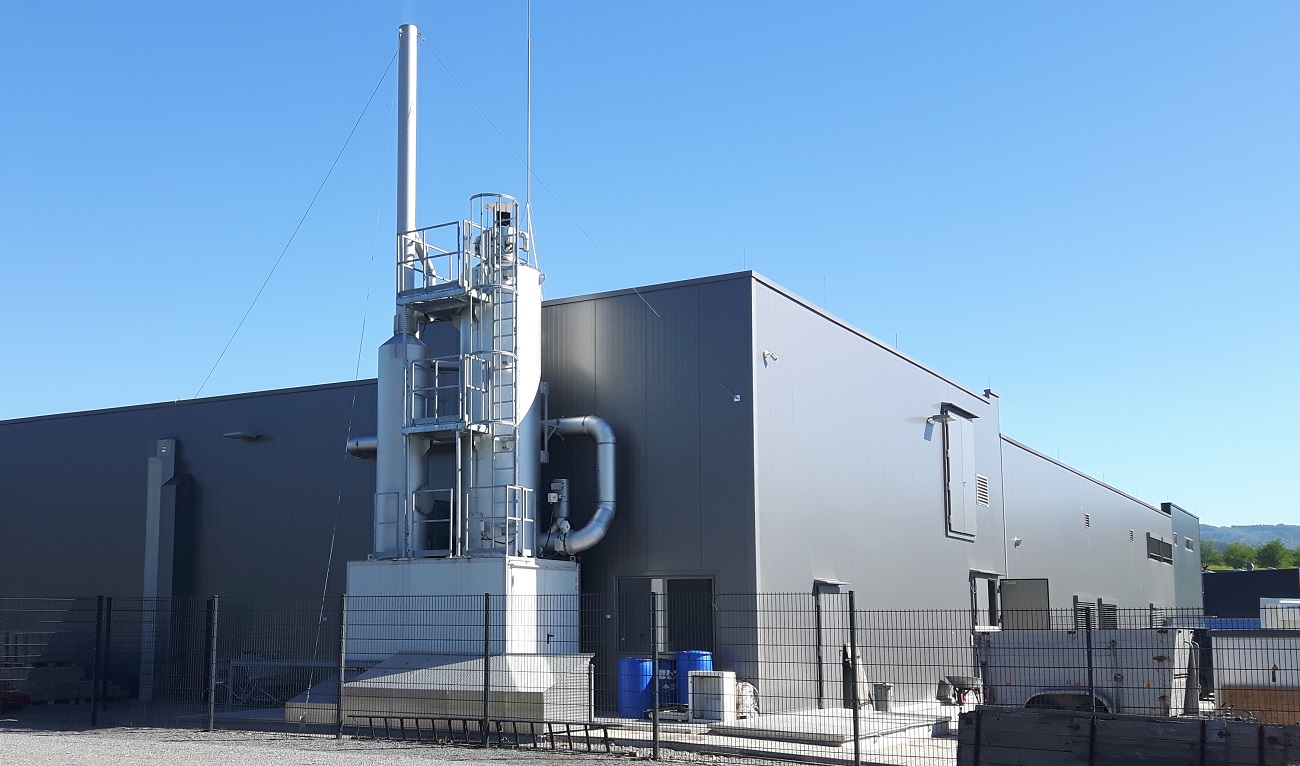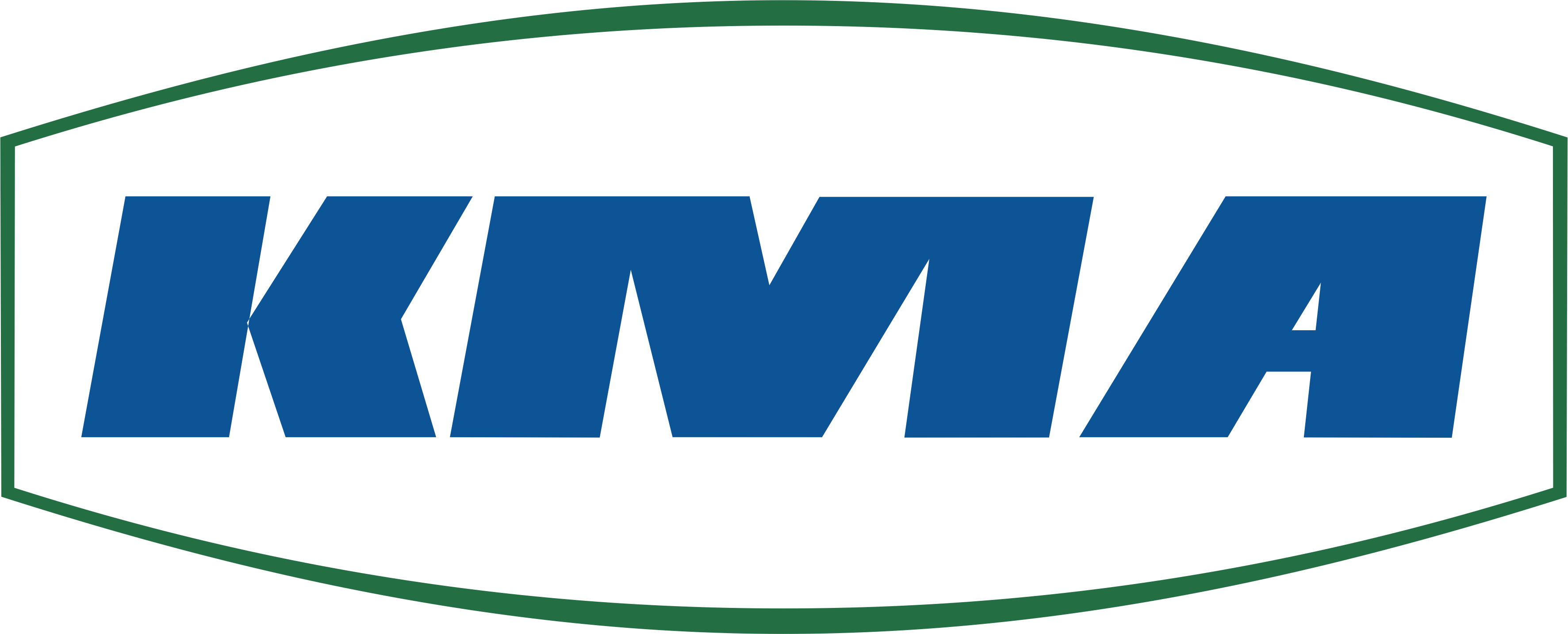Smoke house
Smoke house

Smoking is one of the oldest methods of food preservation, mostly for meat or fish. The compounds contained in smoke cause the protein of the product to coagulate which has a preservative effect. At the same time the water content drops by about 10 to 40%. Smoking with hard and soft woods enhances and intensifies the taste, colour, texture and smell of smoked foods. There are two types of smoking. On the one hand, cold-air smoking at around 16 to 26°C for goods requiring longer preservation. This is done using cold smoke houses. On the other hand, hot-air or warm-air smoking at around 80 to 100°C used for goods intended to be consumed directly.
The conventional smoking process with smolder smoke is divided into two phases – the smoking phase and the fresh air phase. During the smoking phase, the food is positioned into a smoking chamber and the smoking material, the so-called smok, is filled into an appropriate tray. The smoking material consists of shavings or flour of hard or soft woods, such as spruce, fir, acorn or birch, selected for their aromatic properties. Then, the smoking material is heated and burns smoothly. This results in a strong development of smoke, which rises and comes into contact with the food. Afterwards follows the so-called fresh air phase. This phase is important to let the smoked product breathe and allow the fine aromas of smoking to develop. The ambient temperature of the fresh air phase has to be similar to the smoking phase. This process is repeated until the desired taste and consistency are achieved.
For industrial smoking, large smoke houses are used. A smoke house consists of several smoking chambers which can be connected in series. Via central pipelines, the smoke is fed directly and efficiently into the smoking chambers. Such systems emit large quantities of polluted exhaust air at regular intervals.
Conventional exhaust air purification systems, such as thermal oxidation systems, require large amounts of gas, oil and electrical energy. As a result, such exhaust air purification systems have a very large carbon footprint.
The KMA AAIRMAXX® exhaust air purification system offers a more energy-efficient alternative. The filtration system can be adapted or retrofitted to the specific conditions of the exhaust air purification in smokehouses. The combination of electrostatic precipitator and gas scrubber separates aerosols such as fats, tar or oil mist as well as odors, gases and vapors. The KMA AAIRMAXX® combines cost efficiency with eco-efficiency offering industrial smoke houses great potential to reduce costs and to minimize the carbon footprint.
Related links
Related posts







